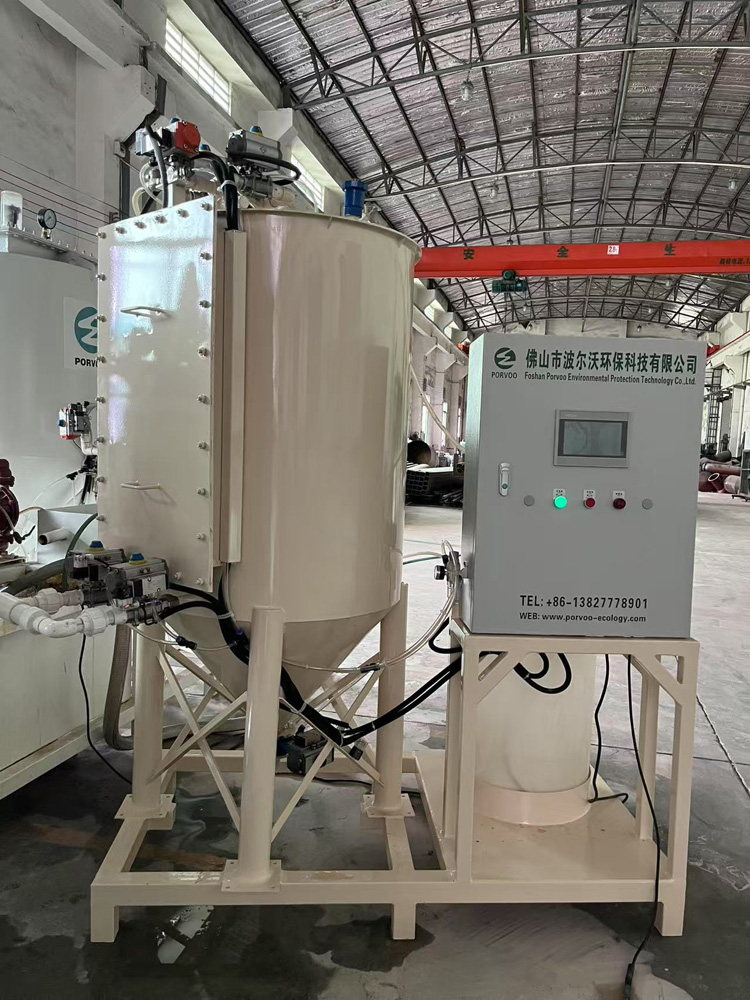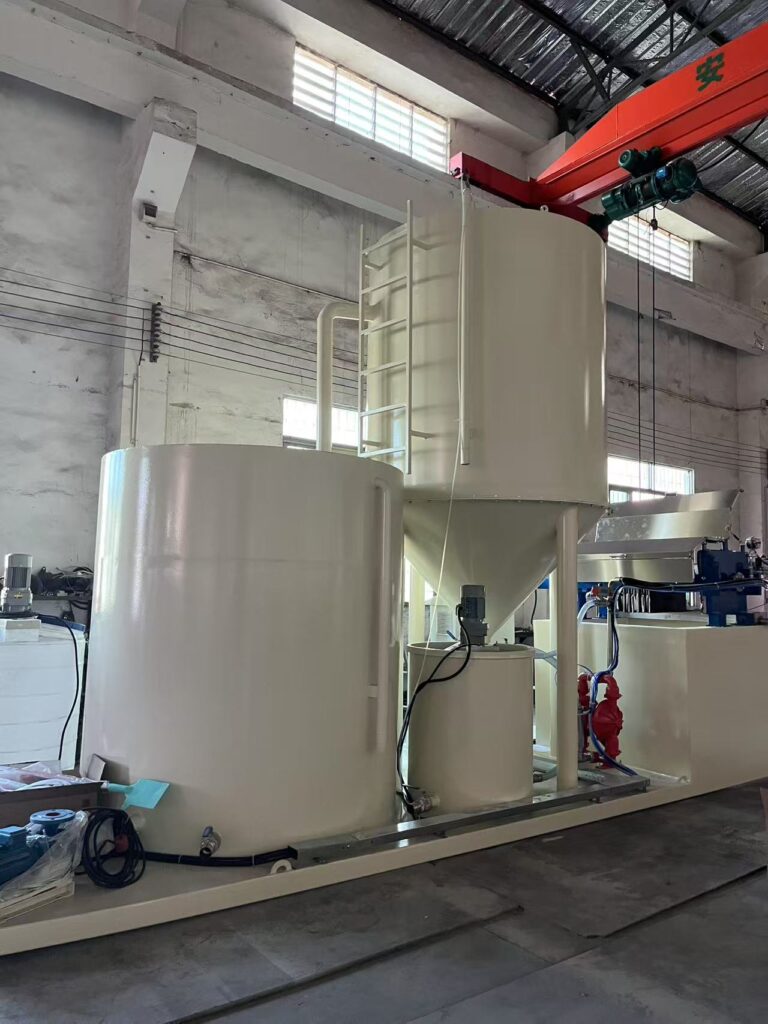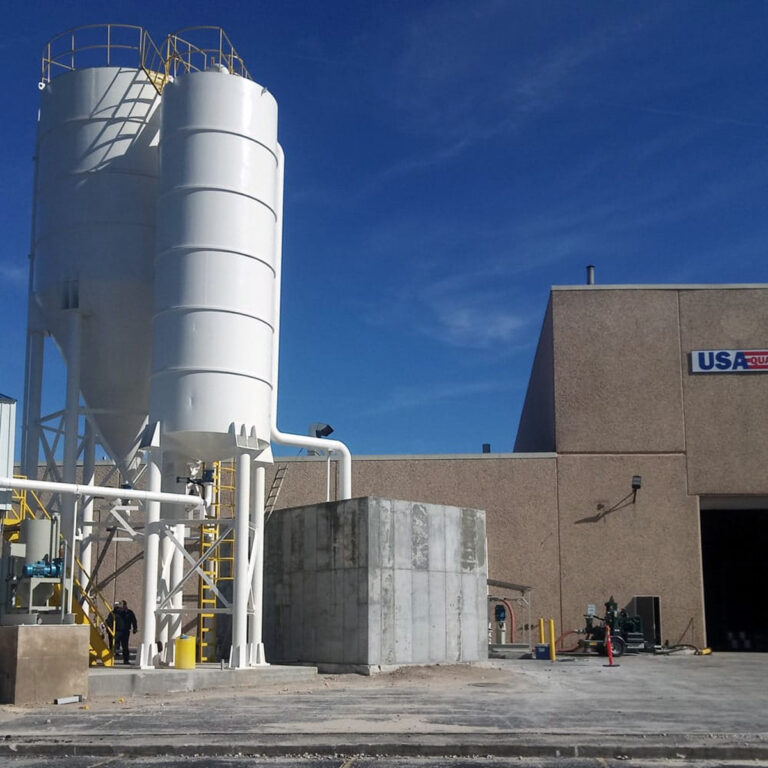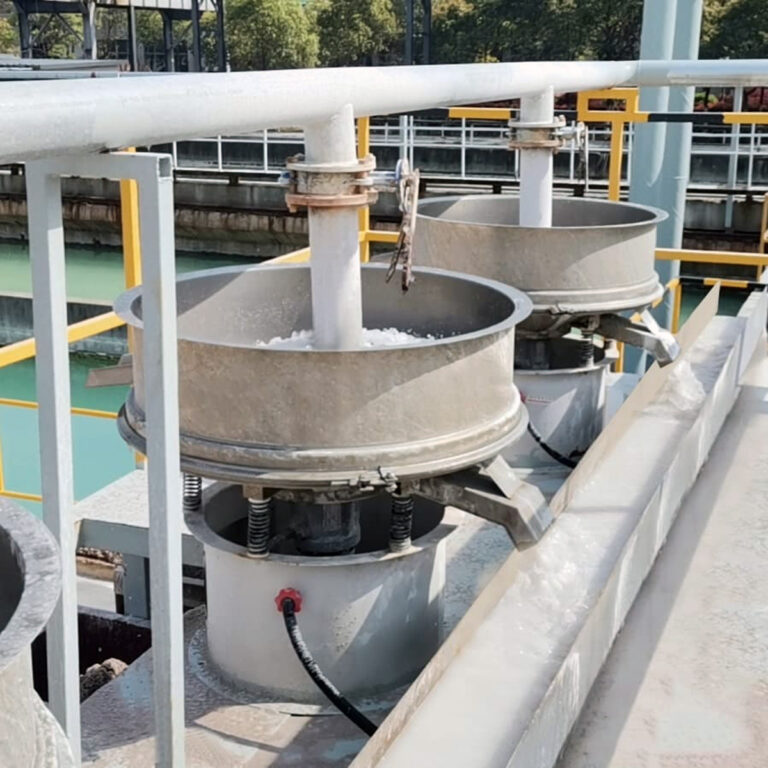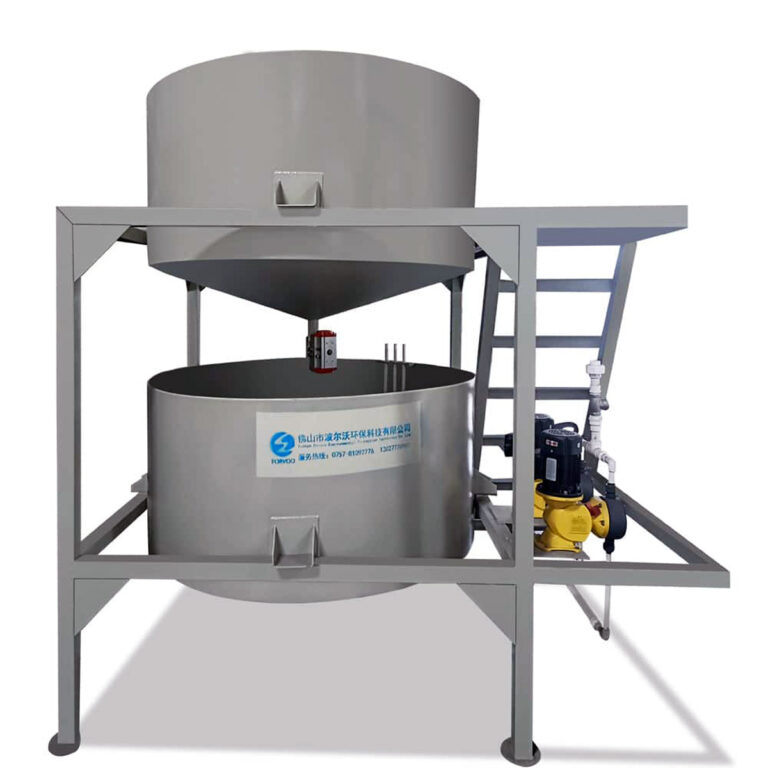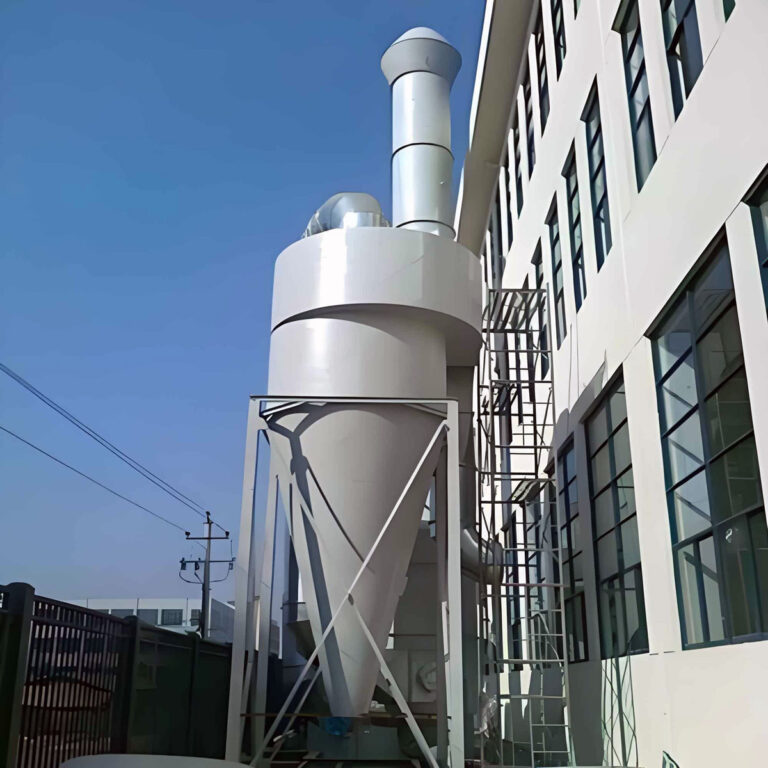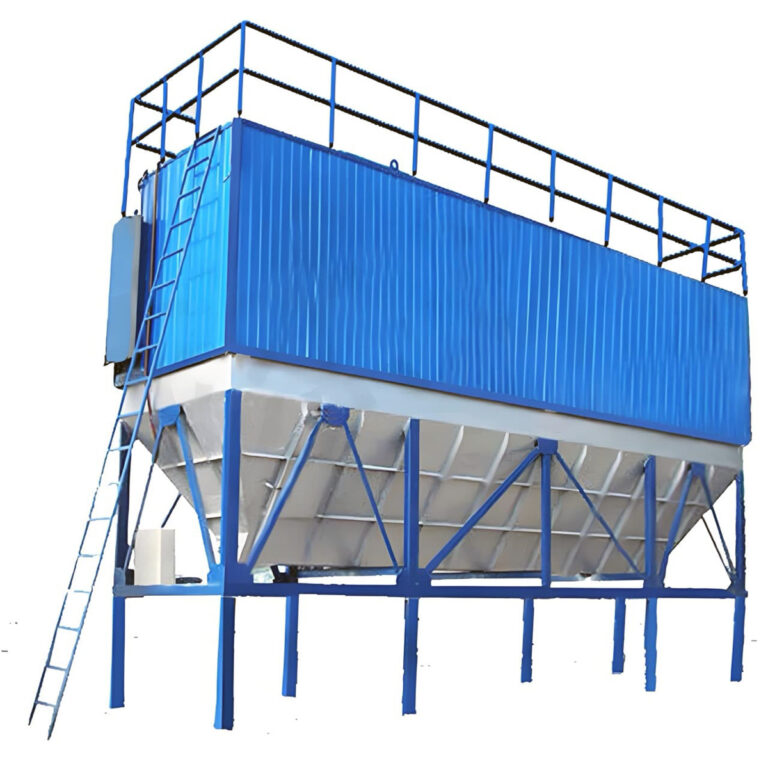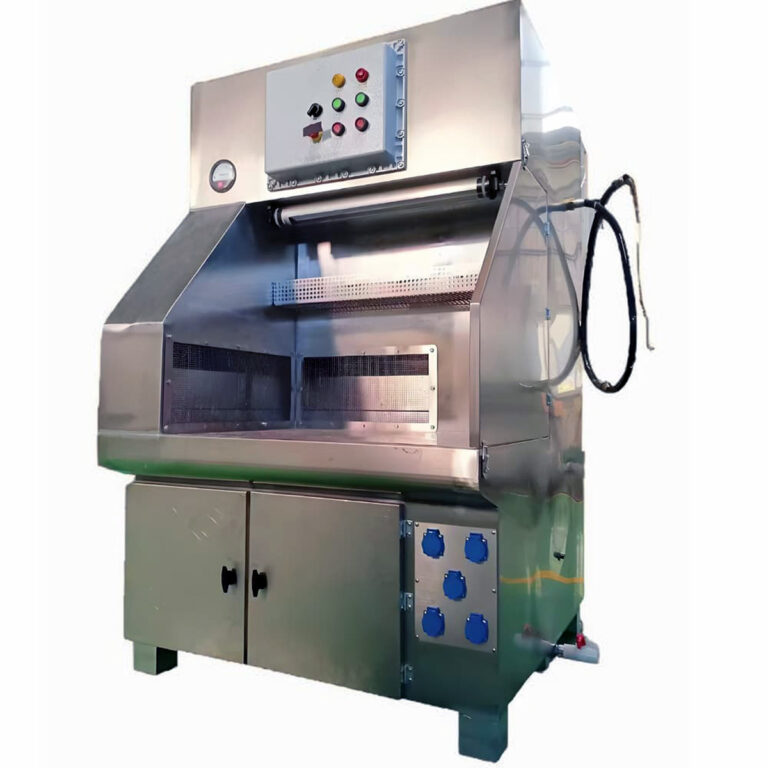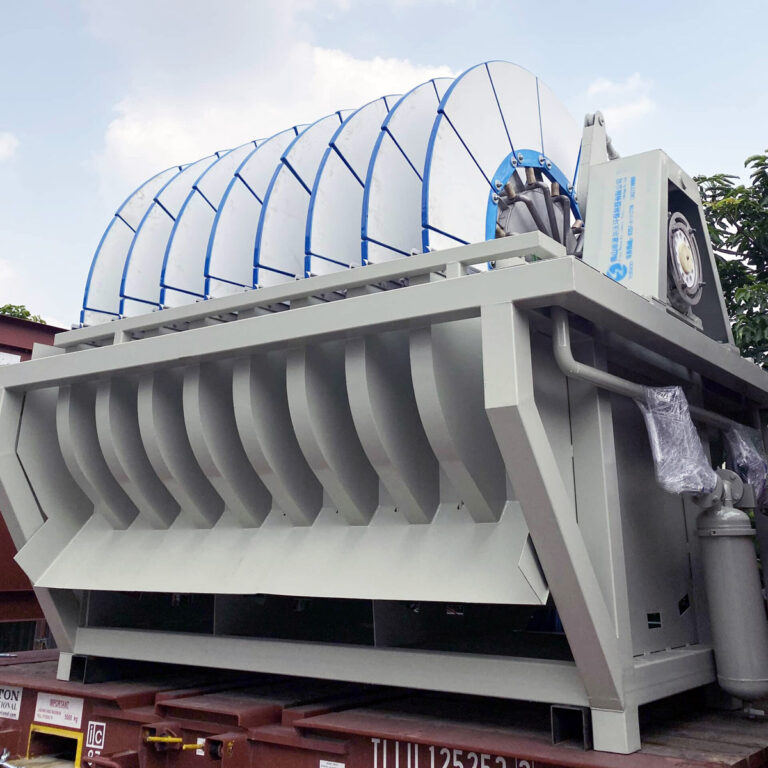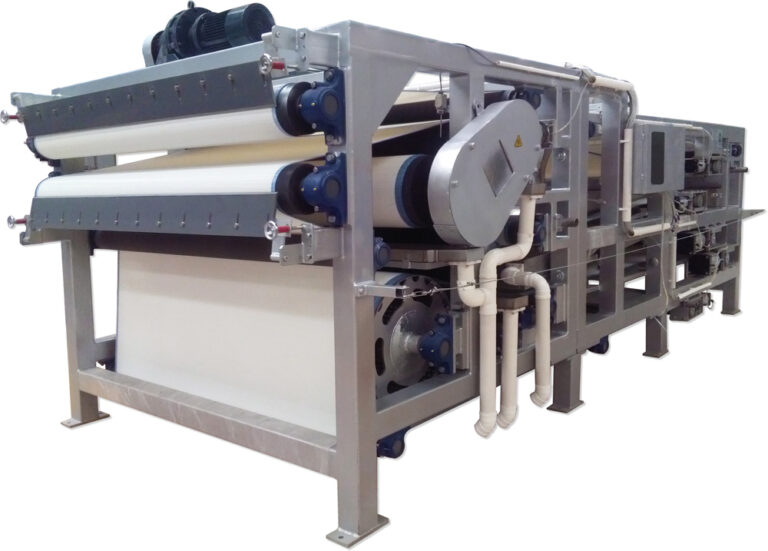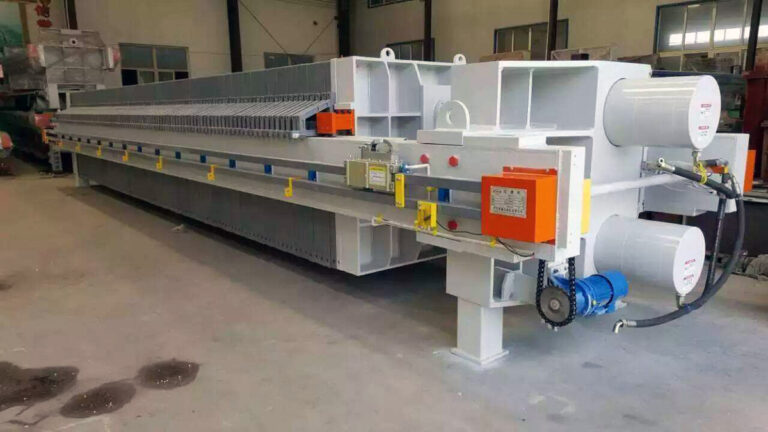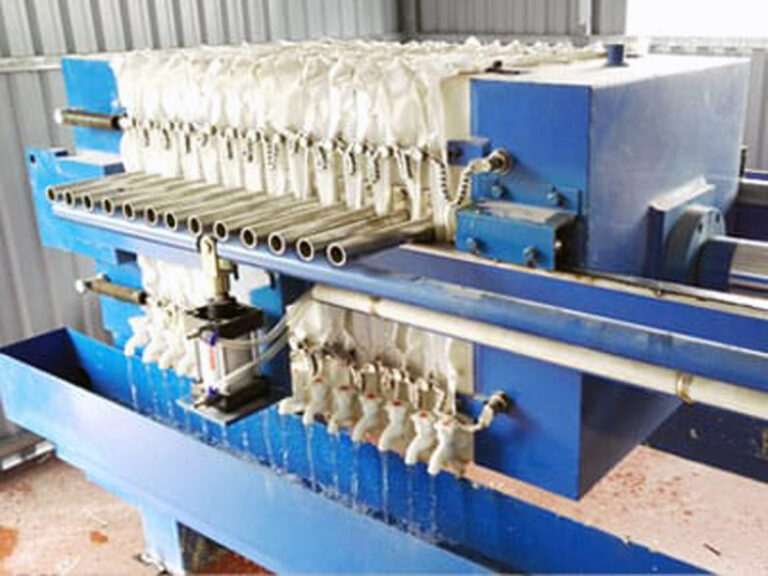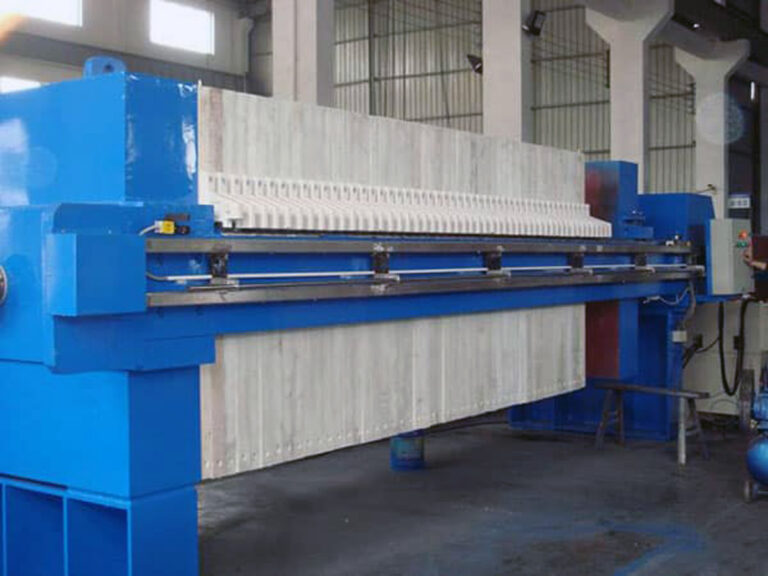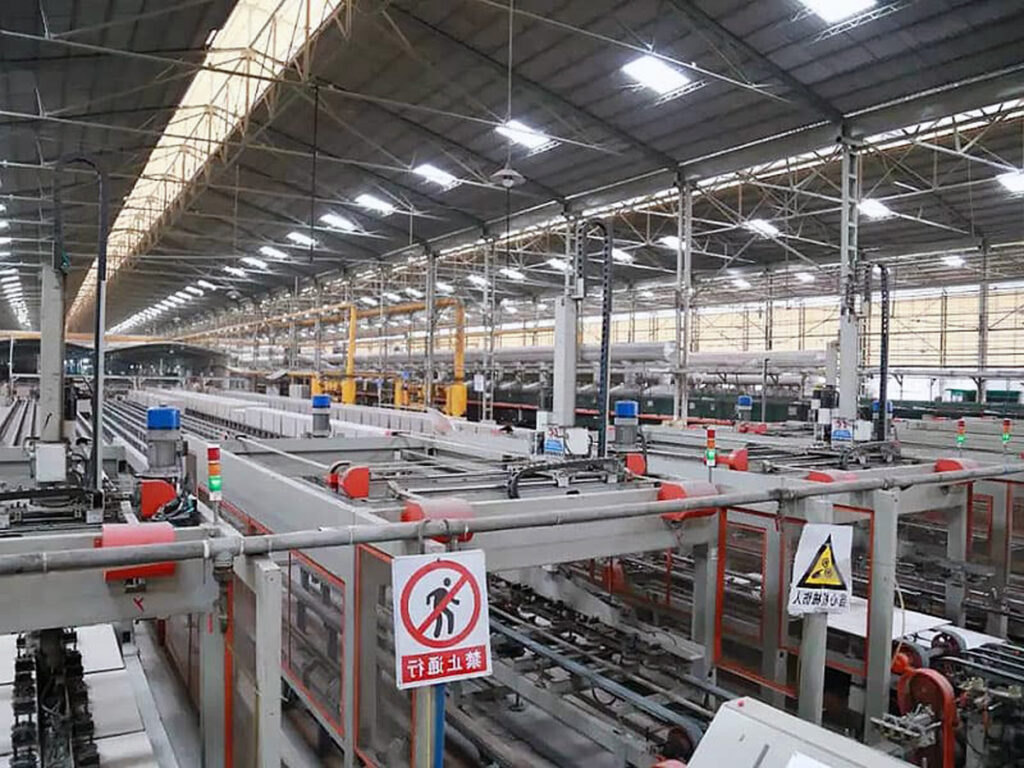Industrial facilities face a critical challenge that directly impacts their operational efficiency and compliance standards: ensuring their filtration installation meets stringent performance requirements while maintaining long-term reliability. Poor installation practices can result in equipment failure rates exceeding 40% within the first year, leading to costly downtime and regulatory violations.
The consequences of inadequate filtration system setup extend far beyond initial installation costs. Facilities experience production losses averaging $50,000 per day during unplanned shutdowns, while improper maintenance schedules can reduce equipment lifespan by up to 60%. These failures often cascade through interconnected systems, amplifying operational disruptions and safety risks.
This comprehensive guide provides proven strategies for successful industrial filter installation, systematic maintenance protocols, and performance optimization techniques. Drawing from extensive field experience and industry best practices, we’ll explore how to achieve reliable filtration performance while maximizing equipment longevity and operational efficiency. PORVOO has compiled these insights from decades of filtration system implementations across diverse industrial applications.
What Are the Essential Steps for Successful Industrial Filter Installation?
Pre-Installation Site Assessment
Proper industrial filter installation begins with comprehensive site evaluation to ensure optimal system performance. Environmental factors including temperature fluctuations, humidity levels, and ambient contamination directly influence equipment selection and positioning. Our experience indicates that facilities conducting thorough pre-installation assessments achieve 85% fewer commissioning delays compared to those skipping this critical phase.
Site preparation requirements encompass foundation specifications, utility connections, and access provisions for future maintenance. Concrete foundations must cure for minimum 28 days before equipment mounting, while electrical connections require dedicated circuits with appropriate surge protection. According to the Industrial Filtration Association, inadequate site preparation accounts for 35% of installation-related performance issues.
System Sizing and Component Selection
Accurate flow rate calculations form the foundation of effective filtration equipment setup. System designers must account for peak demand conditions, pressure drop characteristics, and filter media specifications when determining appropriate equipment capacity. Research from the National Institute of Standards and Technology demonstrates that oversized systems waste 25-30% more energy while undersized installations fail to meet performance specifications.
| Component | Sizing Factor | Impact on Performance |
|---|---|---|
| Filter Housing | 1.5x nominal flow | Reduced pressure drop |
| Pump Capacity | 1.2x peak demand | Consistent flow rates |
| Piping Diameter | Velocity <8 ft/sec | Minimized erosion |
| Control Valves | 70% of line size | Precise flow control |
Installation Sequence and Procedures
Sequential installation following manufacturer specifications ensures proper system integration and performance validation. Primary equipment positioning precedes secondary component installation, with each phase requiring completion verification before proceeding. In our experience, facilities following structured installation sequences reduce commissioning time by 40% while achieving superior performance metrics.
Critical installation checkpoints include alignment verification, torque specifications, and leak testing at each connection point. Proper gasket selection and installation technique prevent premature seal failure, which represents 60% of early system malfunctions according to equipment manufacturers’ warranty data.
How to Establish Effective Filtration System Maintenance Protocols?
Preventive Maintenance Scheduling
Systematic filter system maintenance programs significantly extend equipment lifespan while reducing unexpected failures. Industry research indicates that facilities implementing structured maintenance schedules experience 70% fewer emergency repairs compared to reactive maintenance approaches. Optimal maintenance intervals depend on operating conditions, contamination levels, and equipment specifications.
Maintenance frequency guidelines vary by application severity, with high-contamination environments requiring weekly inspections while clean applications may extend intervals to monthly reviews. The key lies in monitoring performance indicators rather than relying solely on calendar-based schedules.
Performance Monitoring and Diagnostics
Advanced monitoring systems provide real-time visibility into filtration performance, enabling proactive maintenance decisions. Pressure differential measurements, flow rate monitoring, and contamination analysis offer critical insights into system health and maintenance requirements. Modern facilities utilizing predictive maintenance approaches report 45% reduction in maintenance costs while improving system reliability.
Digital monitoring solutions integrate with facility management systems, providing automated alerts when performance parameters exceed acceptable ranges. This technology enables maintenance teams to address issues before they impact production operations.
Filter Media Replacement Strategies
Strategic filter media replacement balances performance requirements with operational costs, requiring careful analysis of contamination patterns and pressure drop characteristics. Premature replacement wastes resources while delayed replacement risks system damage and performance degradation. Our analysis shows that optimized replacement schedules reduce media costs by 30% while maintaining superior filtration performance.
What Are the Key Components of Industrial Filtration Service Programs?
Comprehensive System Audits
Professional industrial filtration service programs begin with detailed system audits evaluating current performance against design specifications. These assessments identify optimization opportunities, maintenance requirements, and potential upgrade needs. Facilities participating in structured audit programs typically achieve 15-20% improvement in filtration efficiency within the first year.
Audit components include flow testing, contamination analysis, and equipment condition assessment. Results provide baseline performance data essential for ongoing system optimization and maintenance planning.
Emergency Response and Troubleshooting
Rapid response capabilities minimize production disruptions when filtration system issues arise. Experienced service teams can diagnose problems quickly and implement temporary solutions while permanent repairs are completed. Industry data shows that facilities with established service relationships resolve filtration emergencies 60% faster than those relying on ad-hoc support.
Common emergency scenarios include sudden pressure drop increases, bypass valve failures, and contamination breakthroughs. Pre-positioned spare parts and established service protocols enable swift resolution of these critical issues.
How to Optimize Filtration Equipment Support and Performance?
Technical Support Infrastructure
Comprehensive filtration equipment support encompasses technical assistance, spare parts availability, and performance optimization services. Manufacturers providing robust support infrastructure help facilities maximize equipment value while minimizing operational disruptions. Research indicates that facilities with strong technical support relationships achieve 25% longer equipment lifecycles.
Support services include application engineering, troubleshooting assistance, and performance optimization consulting. These resources prove particularly valuable during system upgrades or process modifications that impact filtration requirements.
Training and Knowledge Transfer
Effective operator training ensures proper system operation and maintenance execution, directly impacting equipment performance and longevity. Comprehensive training programs cover operational procedures, maintenance protocols, and troubleshooting techniques. Facilities investing in operator training report 40% fewer maintenance-related issues and improved system reliability.
Training components should include hands-on experience with actual equipment, documentation review, and competency verification. Regular refresher training ensures operators stay current with best practices and evolving technologies.
Performance Optimization Strategies
Continuous improvement initiatives identify opportunities to enhance filtration performance while reducing operational costs. Advanced filtration technologies, process optimization, and energy efficiency improvements contribute to superior system performance. Leading facilities implementing systematic optimization programs achieve 20-35% improvement in overall filtration efficiency.
| Optimization Area | Typical Improvement | Implementation Timeline |
|---|---|---|
| Energy Efficiency | 15-25% reduction | 3-6 months |
| Filter Life | 30-50% extension | 1-3 months |
| Pressure Drop | 20-40% reduction | 2-4 months |
| Maintenance Costs | 25-35% savings | 6-12 months |
What Challenges Should You Anticipate During Installation and Maintenance?
Common Installation Obstacles
Complex industrial environments present numerous challenges during filtration system installation, including space constraints, utility limitations, and integration requirements with existing systems. These obstacles require creative solutions and careful planning to ensure successful implementation. However, experienced installation teams can overcome most challenges through proper preparation and adaptive problem-solving approaches.
Integration with legacy systems often requires custom solutions and extended commissioning periods. While these factors increase initial complexity, they don’t prevent successful implementation when addressed systematically.
Maintenance Scheduling Limitations
Coordinating maintenance activities with production schedules presents ongoing challenges, particularly in continuous process facilities. Limited maintenance windows require efficient procedures and careful planning to minimize operational impact. Some facilities find that investing in redundant filtration capacity provides greater maintenance flexibility, though this approach increases capital costs.
Conclusion
Successful industrial filtration installation and maintenance require systematic approaches encompassing proper planning, skilled execution, and ongoing optimization. Key success factors include comprehensive site assessment, appropriate equipment selection, structured maintenance protocols, and robust technical support. Facilities implementing these practices achieve superior filtration performance while maximizing equipment value and operational reliability.
The integration of advanced monitoring technologies and predictive maintenance strategies represents the future of industrial filtration management. These capabilities enable proactive decision-making and continuous performance optimization, delivering measurable improvements in efficiency and cost-effectiveness.
Whether upgrading existing systems or implementing new filtration solutions, partnering with experienced professionals ensures optimal results. Consider conducting a comprehensive audit of your current filtration systems to identify improvement opportunities and develop strategic enhancement plans.
For facilities seeking comprehensive filtration solutions, industrial filtration equipment options provide the foundation for reliable, efficient operations. The investment in proper installation and maintenance practices pays dividends through improved performance, reduced operating costs, and extended equipment lifecycles.
What specific filtration challenges is your facility currently facing, and how might these proven strategies address your operational requirements?
Frequently Asked Questions
Q: What are the essential steps for installing industrial filtration equipment properly?
A: Proper installation of industrial filtration equipment ensures optimal performance and longevity. Key steps include:
- Verifying that the filter specifications and model match the system requirements.
- Inspecting the equipment for damage caused during transportation.
- Cleaning the connecting pipeline thoroughly to remove debris like iron oxide filings and welding slag.
- Installing a gate or ball valve at the inlet to allow for easy maintenance without system shutdown.
- Installing the filter according to the flow direction indicated on the unit, typically with plugs facing down.
- Tightening flange bolts symmetrically to avoid stress and ensure parallel alignment.
- Avoiding pre-stress by ensuring natural, unstressed piping alignment.
These steps help prevent damage and blockages while supporting smooth operation.
Q: How can I maintain industrial filtration equipment to maximize its lifespan?
A: Maintaining industrial filtration equipment involves a combination of regular inspection and preventive care:
- Conduct visual inspections weekly and performance tests monthly.
- Monitor pressure differentials to detect media blinding and adjust cleaning cycles accordingly.
- Replace filtration media as per schedule to maintain efficiency.
- Address common issues like high-pressure drops or decreased filtration efficiency promptly.
- Keep detailed maintenance logs and follow manufacturer recommendations closely.
Adopting a preventive maintenance program reduces downtime and extends equipment service life.
Q: What common problems should I watch for during the maintenance of industrial filtration equipment?
A: Common issues include:
- High-pressure drop: Often caused by clogged media or ineffective cleaning; can be resolved by optimizing cleaning cycles and checking for blockages.
- Decreased filtration efficiency: May result from worn media or seal failure; requires media replacement and seal inspection.
- Inconsistent system performance: Fluctuating operating parameters may indicate calibration needs or operational issues.
Being vigilant for these problems and addressing them early helps maintain consistent filtration quality.
Q: What safety and operational precautions are important when installing and maintaining filtration equipment?
A: Important precautions include:
- Handling filter components carefully to avoid damage, especially if they are brittle.
- Ensuring airtight sealing during maintenance by using inlet valves.
- Avoiding unexpected mechanical stress on the equipment during installation.
- Installing filters upstream of pressure-reducing or relief valves to protect critical components.
- Following flow direction indicators on the filter for proper operation.
- Tightening bolts evenly to prevent leaks or misalignment.
Observing these precautions ensures safe operation and maintenance efficiency.
Q: How does compliance with industry standards impact the maintenance of industrial filtration systems?
A: Compliance with industry standards ensures filtration systems meet safety, environmental, and performance regulations. Important impacts include:
- Adhering to guidelines from regulatory bodies like OSHA, EPA, and ISO.
- Implementing quality control measures such as regular testing for filtration efficiency and chemical resistance.
- Maintaining meticulous documentation of maintenance activities, performance tests, and compliance certificates.
- Ensuring personnel are trained and follow protocols that align with industry best practices.
This compliance not only safeguards workers and environment but also enhances system reliability and credibility.
External Resources
Maintenance Checklist for your Air Filtration Unit – Industrial Maid – A detailed guide covering inspection, installation review, and routine maintenance of industrial air filtration equipment to ensure safety and optimal performance.
High Capacity (HC) Kraken® Filter Operation & Maintenance Manual (PDF) – Contech – Comprehensive operation and maintenance manual for industrial high-capacity filtration systems, including safety, inspection, and maintenance procedures.
INDUSTRIAL RO OPERATION & MAINTENANCE MANUAL (PDF) – AmeriWater – Detailed instructions for installation, start-up, maintenance, and shutdown procedures for industrial reverse osmosis filtration equipment.
Operation and Maintenance of Air Filtration Systems – RoboVent – An in-depth chapter focusing on installation validation, filter changes, and ongoing maintenance best practices for industrial air filtration systems.
Operation And Maintenance Manual For Fabric Filters – EPA – Government-issued guide for the installation, operation, and upkeep of fabric-based industrial filtration equipment, emphasizing methods and procedures for effective maintenance.
Filtration Systems: Installation, Operation, and Maintenance – Process Heating – Resource providing essential steps for installing and maintaining industrial filtration systems, with troubleshooting tips to maximize equipment efficiency and lifespan.
